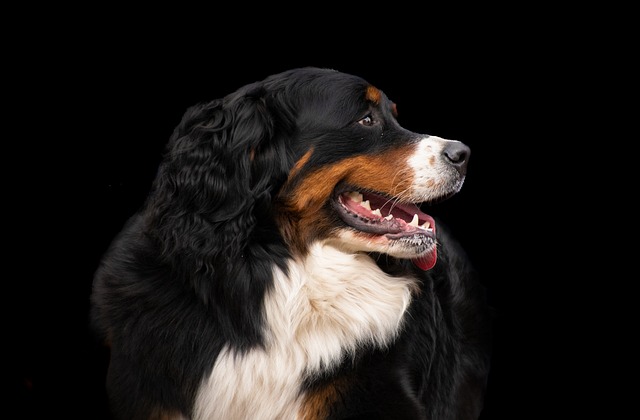
How to teach a dog to stay alone?
Many dogs struggle when left by themselves, often showing signs like chewing shoes or barking nonstop. This isn’t just a nuisance— in some areas, excessive noise can lead to fines under local animal welfare laws.
Siberian Husky puppies are bundles of energy—think zooming around the living room with a stolen sock or digging up the flower bed at dawn. Their high prey drive and love for exploration mean discipline needs to be consistent, not harsh, to keep their curious spirits intact. Many owners learn the hard way that scolding alone doesn’t work; these pups respond better to clear boundaries paired with positive reinforcement.
Start with crate training early, a practice widely recommended in places like Canada and Germany to keep puppies safe when unsupervised. Make the crate cozy with a soft bed and treats, so it feels like a safe space, not a punishment. For example, if your Husky nips during play, redirect them to a chew toy and praise them when they use it—this teaches them what’s acceptable without confusion.
Timing is everything with Husky puppies; correct unwanted behavior right when it happens, not 10 minutes later. If they jump on guests, stand still and cross your arms until they calm down, then reward them with pets for sitting. This aligns with positive behaviorism theories used by vets across the US, where consistency helps build trust between you and your pup.
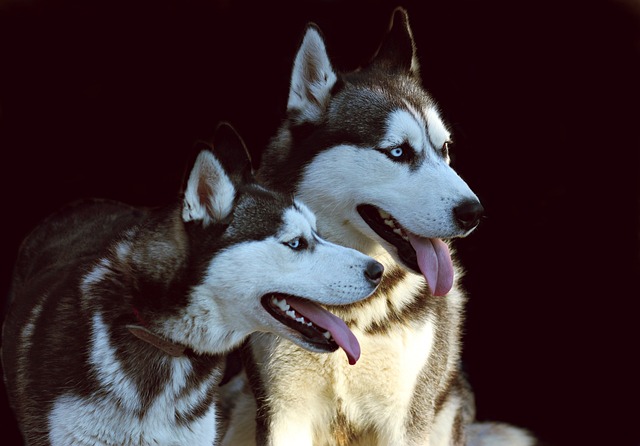
Don’t ignore local laws, either. Some cities in Europe require puppies to complete basic obedience classes by 6 months old, and in parts of the US, unleashed Huskies (even puppies) can lead to fines if they wander off property. Enrolling in a neighborhood training group not only keeps you compliant but also socializes your pup—critical for a breed that can be wary of strangers.
Exercise is non-negotiable for Huskies; a tired puppy is a well-behaved puppy. Aim for 30-45 minutes of walks or playtime twice a day—try using a no-pull harness to avoid straining their developing neck. In colder regions like Minnesota, winter walks with a warm sweater can turn into fun training sessions, where you practice “come” and “stay” in a snowy park.
Disciplining a Husky puppy isn’t about control—it’s about partnership. By mixing clear rules, positive rewards, and respect for local laws, you’ll raise a well-mannered pup that thrives in your home. Whether you’re teaching them to stop stealing shoes or follow leash laws, patience and consistency will turn those chaotic early months into a lifetime of loyalty.

Many dogs struggle when left by themselves, often showing signs like chewing shoes or barking nonstop. This isn’t just a nuisance— in some areas, excessive noise can lead to fines under local animal welfare laws.
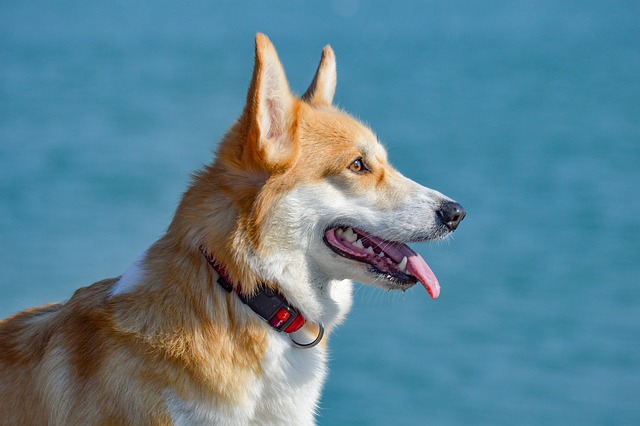
Most puppies start showing consistent potty training progress between 4 and 6 months old, but this timeline isn’t set in stone.
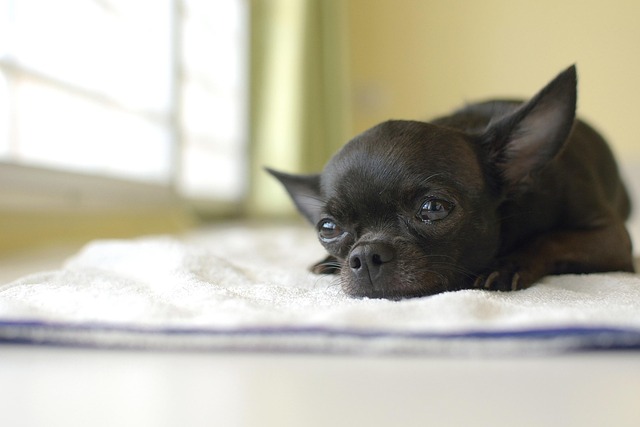
It’s a scenario every reactive dog owner knows too well: you’re enjoying a peaceful walk through your local Portland neighborhood when suddenly
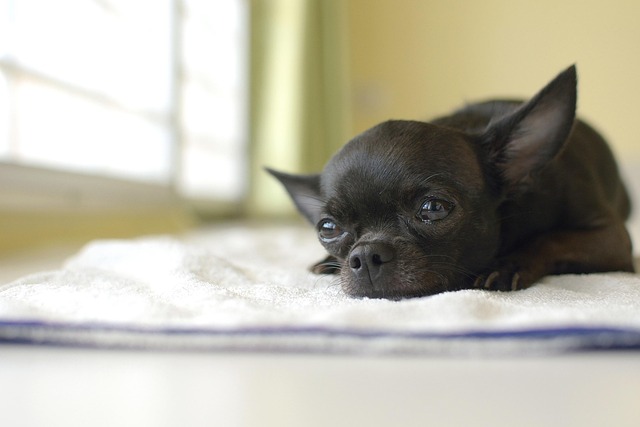
If this scene on your suburban
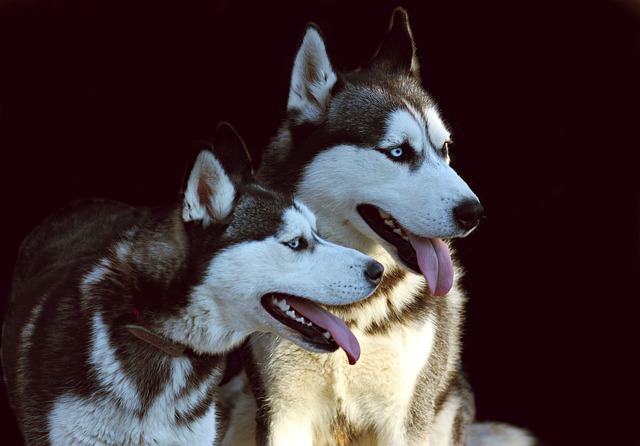
Siberian Husky puppies are bundles of energy—think zooming around the living room with a stolen sock or digging up the flower bed at dawn.
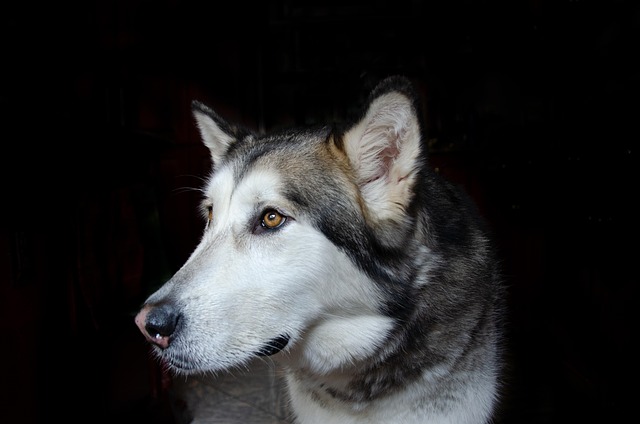
Well-trained dog doesn’t just follow commands—it fits smoothly into daily life, whether you’re grabbing coffee at a local café or walking through a busy park.